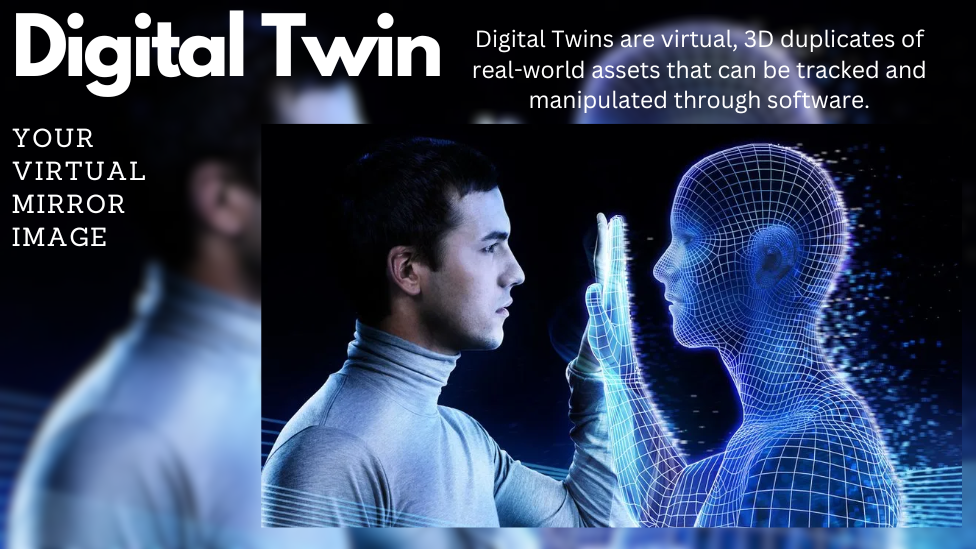In today’s digital age, the concept of digital twins is gaining traction as a groundbreaking trend. Just as we’ve all encountered someone who bears an uncanny resemblance to ourselves, envision creating a digital twin—an exact replica of you but in the digital realm.
Understanding Digital Twins
Digital twins are precise digital replicas of physical entities, equipped with a special mission: to enhance or provide feedback to their real-life counterparts. Initially, these twins were sophisticated 3D computer models, but advancements in artificial intelligence (AI) and the internet of things (IoT) have propelled them to new heights, allowing them to constantly learn and improve from their physical counterparts.
The Rise of Human Digital Twins
According to technology analyst Rob Enderle, the development of thinking human digital twins could be on the horizon within the next decade. However, this raises ethical questions, particularly regarding ownership and employment implications.
The Current State of Digital Avatars
Currently, avatars in virtual reality platforms like Meta’s Horizon Worlds are rudimentary, but the potential for more lifelike digital representations is vast.
Applications Across Industries
While the idea of human digital twins remains largely in the realm of science fiction, their applications in product design, distribution, and urban planning are already extensive. Industries like Formula One racing, logistics companies like DHL, and cities like Shanghai and Singapore are leveraging digital twins to optimize operations and improve efficiency.
Healthcare Innovations with Digital Twins
In healthcare, digital twins hold immense promise. Projects like Dassault Systemes’ Living Heart are creating virtual models of human organs, enabling surgeons to simulate procedures and test medical devices with unprecedented accuracy. This not only enhances patient care but also reduces the need for animal testing.
Future Prospects: Earth-2 and Beyond
Looking ahead, the potential for digital twins extends even further. Companies like Nvidia are working on ambitious projects to create digital replicas of the Earth itself. These “Earth-2” initiatives aim to track and tackle climate change by utilizing deep-learning models and neural networks to simulate physical environments and propose solutions to environmental challenges.
Conclusion
In conclusion, digital twins represent a paradigm shift in how we interact with and replicate the world around us. While still in its infancy, the possibilities they offer are boundless, from revolutionizing healthcare to addressing global challenges like climate change. As technology continues to evolve, the digital twin phenomenon is poised to shape our future in ways we are just beginning to imagine.


